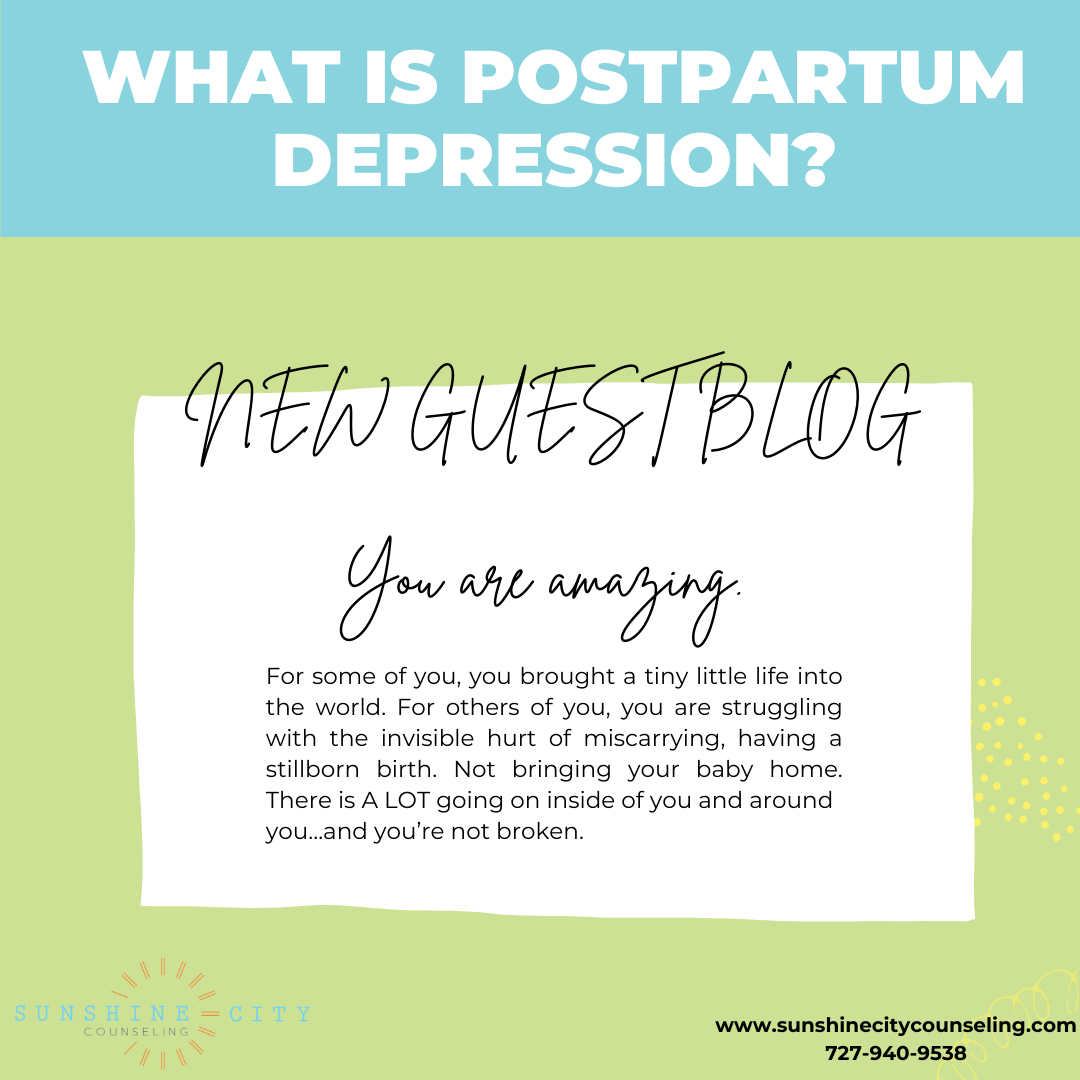
P E L V I C H E A L T H R E S O U R C E
The HOPE Blog
Here you'll find helpful tips, expert insights, and encouragement for every stage of your pelvic health journey. Whether you're looking to learn more or feel more supported, we're glad you are here.
Prostatitis and Pelvic Floor Dysfunction: Are They Connected?
Prostatitis, a common condition in men, is often associated with pelvic pain, urinary symptoms, and discomfort. While it’s traditionally linked to inflammation or infection of the prostate gland, research shows that many cases of prostatitis are actually related to pelvic floor dysfunction (PFD). Understanding this connection can help men find relief and the right treatment.
When to Kegel & When not to Kegel
A kegel isn’t just a squeeze but a squeeze AND a lift up. They are muscles that are deep inside the body so when you do one, no one should be able to tell. Your glutes shouldn’t contract; your abs shouldn’t tighten, your inner thighs shouldn’t contract. And although kegels may not be apart of your specific pelvic floor physical therapy plan, it is important that you are able to understand and coordinate how to do one.
The Hidden Connection Between Stress and Your Pelvic Floor
Stress is a common part of life, but did you know it can directly impact your pelvic floor? This often-overlooked connection can explain why chronic stress might lead to issues like pelvic pain, urinary incontinence, or even low back discomfort.
Three Tips to Reduce Urinary Urgency
Urinary urgency is when you are frequently having the urge to pee, even when your bladder doesn’t need to empty. Typically, it’s considered normal to pee every 2-4 hours. I will say, clinically, I’ve seen if you are someone who drinks a lot of water this can be more frequent and still normal. But it’s not just about how frequently you urinate, but also how much you are voiding. Usually with urinary urgency someone will get a very strong urge to pee but when they go to empty they will pee for only 4-5 seconds. This is another indication that your body isn’t sending you the appropriate signals!
3 Pains You Don’t Have to Live With During Pregnancy
As pelvic floor physical therapists were here to say although these pains might be common, it’s not something you have to just “deal with”. One of the many benefits of seeing a pelvic floor physical therapist during pregnancy is for prevention and relief from these pains so you can focus on staying healthy and preparing to meet your little one.
Ouch S3x Hurts…
Sex should be a pleasurable experience, but for many individuals, it can be a source of significant pain and discomfort. This condition, known as dyspareunia, affects a substantial number of people and can lead to physical, emotional, and relational distress. Pelvic floor physical therapy offers a comprehensive approach to understanding and treating this condition, addressing both the physical and psychological components that contribute to painful sex.
How to Manage Pubic Symphysis Pain During Pregnancy
What can we, as Pelvic Floor Therapists do to help you with your pain? We would first do a full body assessment to determine what imbalances could be leading to your pain. Most often this leads to treatment of myofascial release to inner thighs, glutes, and lower abdominals followed by strengthening to create more stability within the front of the pelvis! This is commonly done by prescribing exercises that strengthen your Anterior Oblique Sling, such as opposite abdominals muscles to opposite side adductor muscles with specific movements. We will also provide education on ways we can manage your symptoms other than exercise!
Postpartum Depression: Symptoms and Signs
For some of you, you brought a tiny little life into the world. For others of you, you are struggling with the invisible hurt of miscarrying, having a stillborn birth. Not bringing your baby home. There is A LOT going on inside of you and around you...and you’re not broken.
What is Pelvic Health PT and Why Do You Need One?
In the realm of physical therapy, there's a lesser-known but incredibly vital specialty that deals with the pelvic floor – a group of muscles that often goes unnoticed until problems arise. Pelvic floor physical therapy (PFPT) is gaining recognition for its effectiveness in treating a wide range of issues, from pelvic pain to urinary incontinence. In this blog, we'll delve into what PFPT entails and why you should consider seeking the expertise of a pelvic floor physical therapist.
5 Ways to Improve Your Pelvic Floor Postpartum
Days after going through labor and delivery, whether it was a vaginal or c-section delivery, can make you question what the heck is going on “down there”. Read below for 5 things you can safely do immediately postpartum for your pelvic floor!
It’s time to talk sh*t. Should you be pooping everyday?
Pooping should NOT be a taboo topic. We all do it and it’s very important to our overall health. In fact, a study in BMJ Open suggested that having a bowel movement less than three times a week was associated with higher risks of stroke, heart disease, and heart attacks.
5 Tips to Spice up your Sex Life
There can be a variety of reasons why we may have pain with intimacy! You should know that pain with intimacy is NEVER normal! Top 5 tips for improving pain with intimacy!
How the Pelvic Floor Affects Your Feet
Understanding the connection between the pelvic floor and feet has significant implications for various health conditions. Physical therapy, exercises focusing on pelvic floor and foot health, and awareness of posture can contribute to improved overall well-being.






